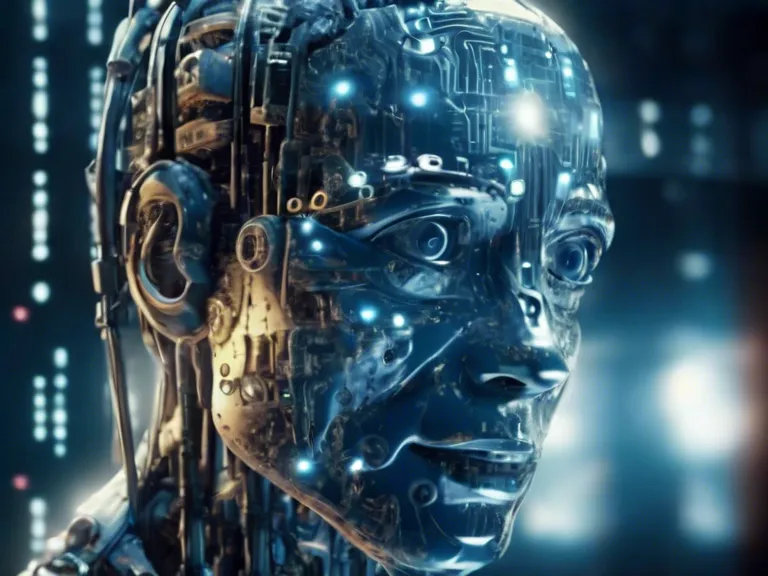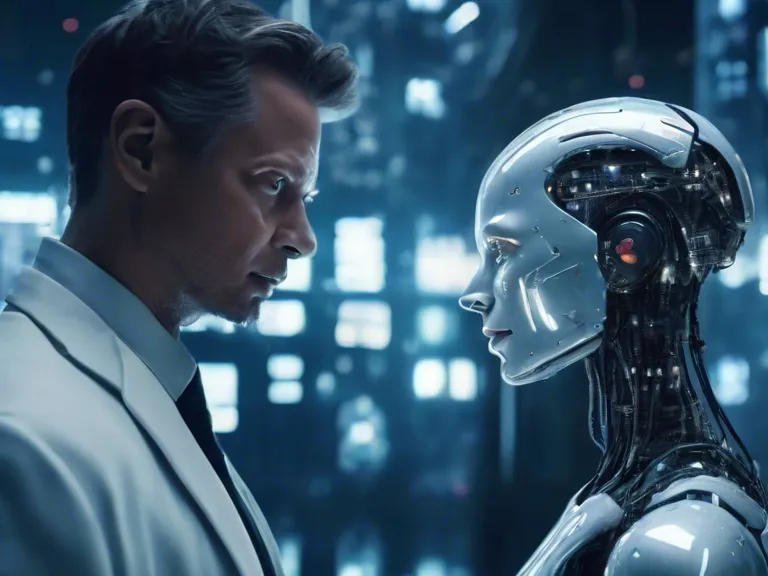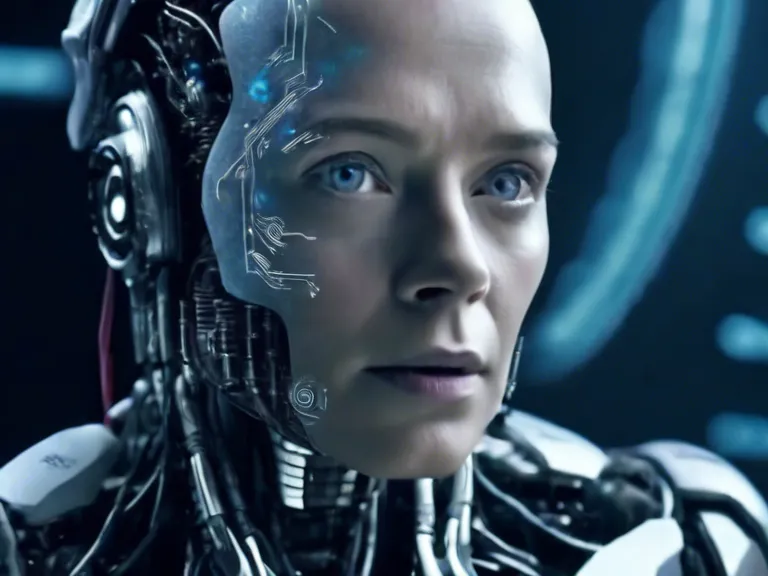
The Evolution of AI Portrayals in Cinema: A Scholarly Analysis
Artificial Intelligence (AI) has been a popular topic in cinema for decades, with filmmakers exploring various aspects of this futuristic technology. From helpful companions to world-dominating villains, AI characters have evolved in complexity and nuance over time. In this scholarly analysis, we will delve into the evolution of AI portrayals in cinema, examining how these representations have changed and what they reveal about society's attitudes towards technology.
One of the earliest portrayals of AI in cinema can be seen in the classic film "Metropolis" (1927), where a humanoid robot is created to mimic a woman and sow chaos among humans. This early depiction set the stage for many AI characters to come, as it explored themes of identity, control, and power.
As technology advanced, so too did the portrayal of AI in cinema. The 1980s brought us iconic characters like R2-D2 and C-3PO from the "Star Wars" franchise, who were loyal companions and integral members of the rebel alliance. These AI characters were portrayed as helpful and friendly, showcasing a more positive side of artificial intelligence.
In the 21st century, films like "Ex Machina" (2014) and "Her" (2013) challenged audiences to rethink their preconceived notions of AI. These films explored themes of love, consciousness, and morality through their AI characters, forcing viewers to confront the ethical implications of creating sentient beings.
Overall, the evolution of AI portrayals in cinema reflects society's changing attitudes towards technology. From early fears of AI taking over the world to more nuanced explorations of identity and consciousness, filmmakers have used AI characters to provoke thought and spark debate about the role of technology in our lives.



